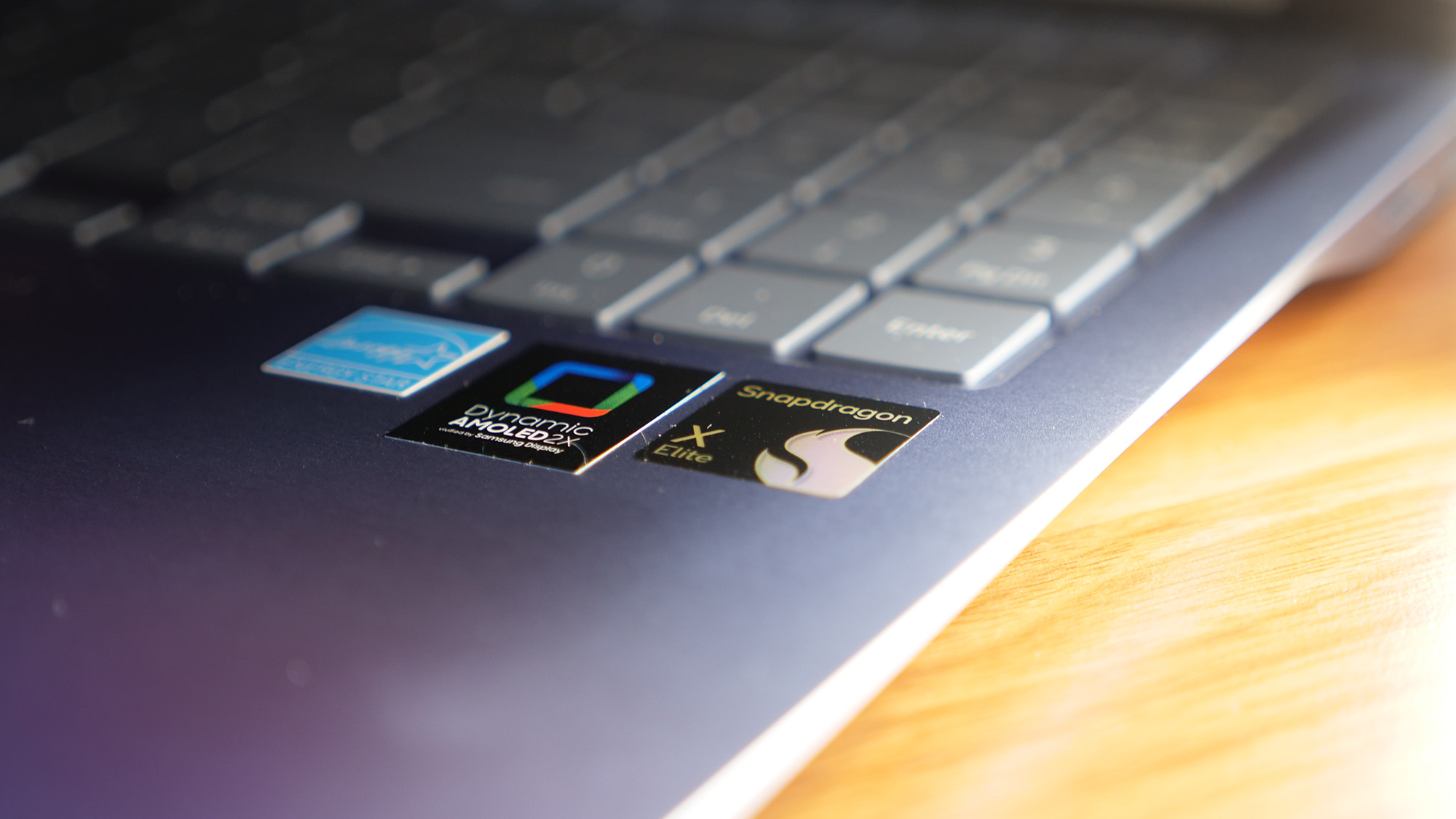"Not good enough:" Asus VP Shawn Yen reveals how user complaints mold future products
Yen, a 16-year veteran of Asus, tells Laptop Mag why users are key to the company's changes in laptops and handheld gaming PCs.
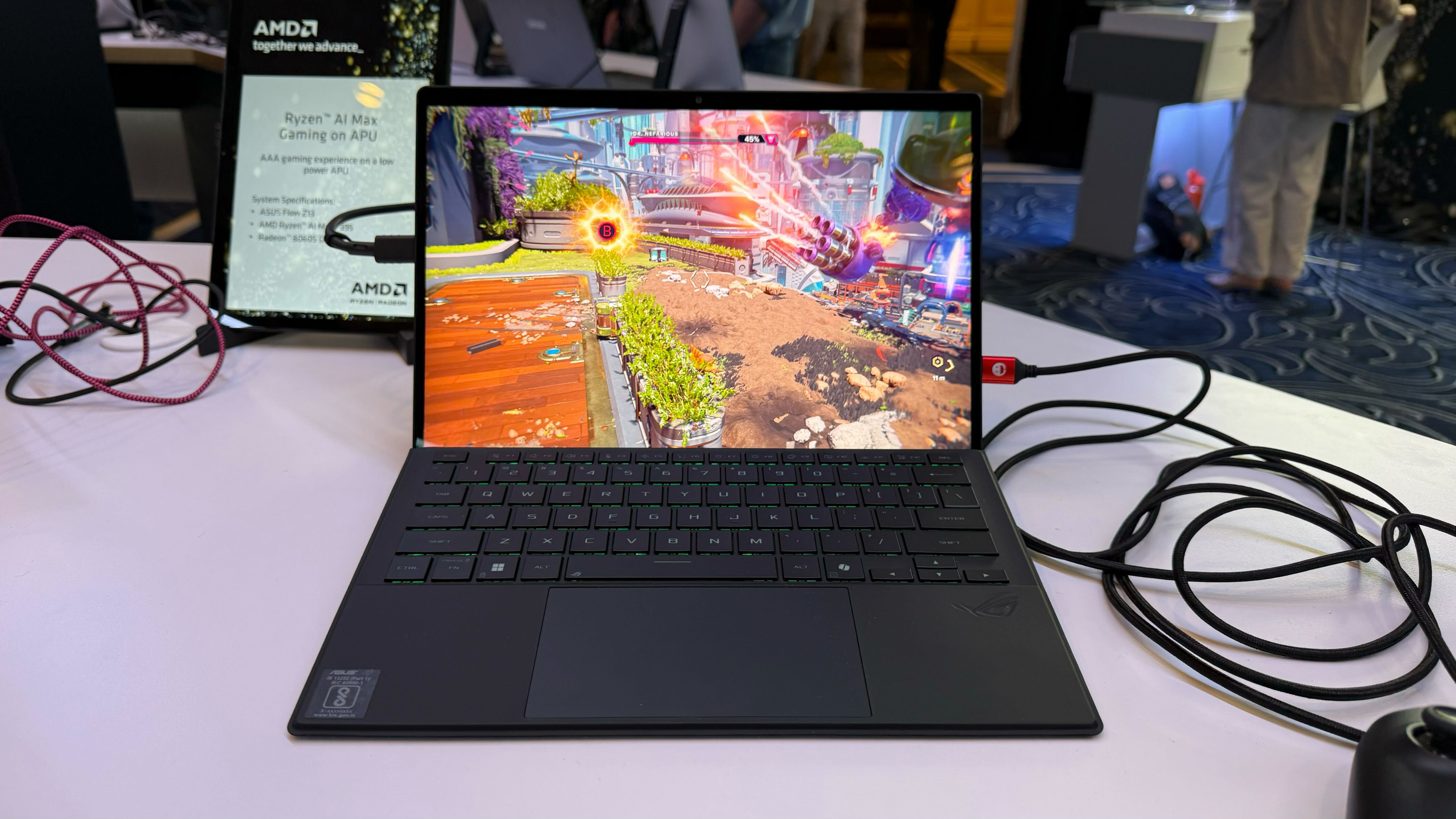
Asus has had a hectic few years.
The Taiwan-based computer company has launched innovative laptops made of its proprietary ceraluminum material, expanded the AniMeVision LEDs on its gaming laptops, and delivered new pro-grade creator laptops with its ProArt series while dominating the handheld gaming PC space with the ROG Ally; Asus has been busy.
Shawn Yen, Senior Vice President of the Consumer group at Asus, has witnessed much of the company's evolution in person over 16 years in various roles.
In an expansive interview at CES in Las Vegas this month, Yen revealed various aspects of the company's philosophy, from engineering and design to the value of consumer feedback. It turns out that feedback may be the most crucial thing for Asus. Yen tells Laptop that the company focuses on segments of diehard users, known for their candid criticism, which drives rapid, meaningful updates across its product lines.
Yen said, "Our investments really focus on communities," before expanding on this foundational concept for Asus, "The community tells us, 'this experience is not good enough. Go and improve this. Go and improve that.'"
"We're finding a pattern: If we continue to focus on this specific group, we're going to get more feedback from them, and it's really going to help our products."
What's next for ceraluminum Zenbooks
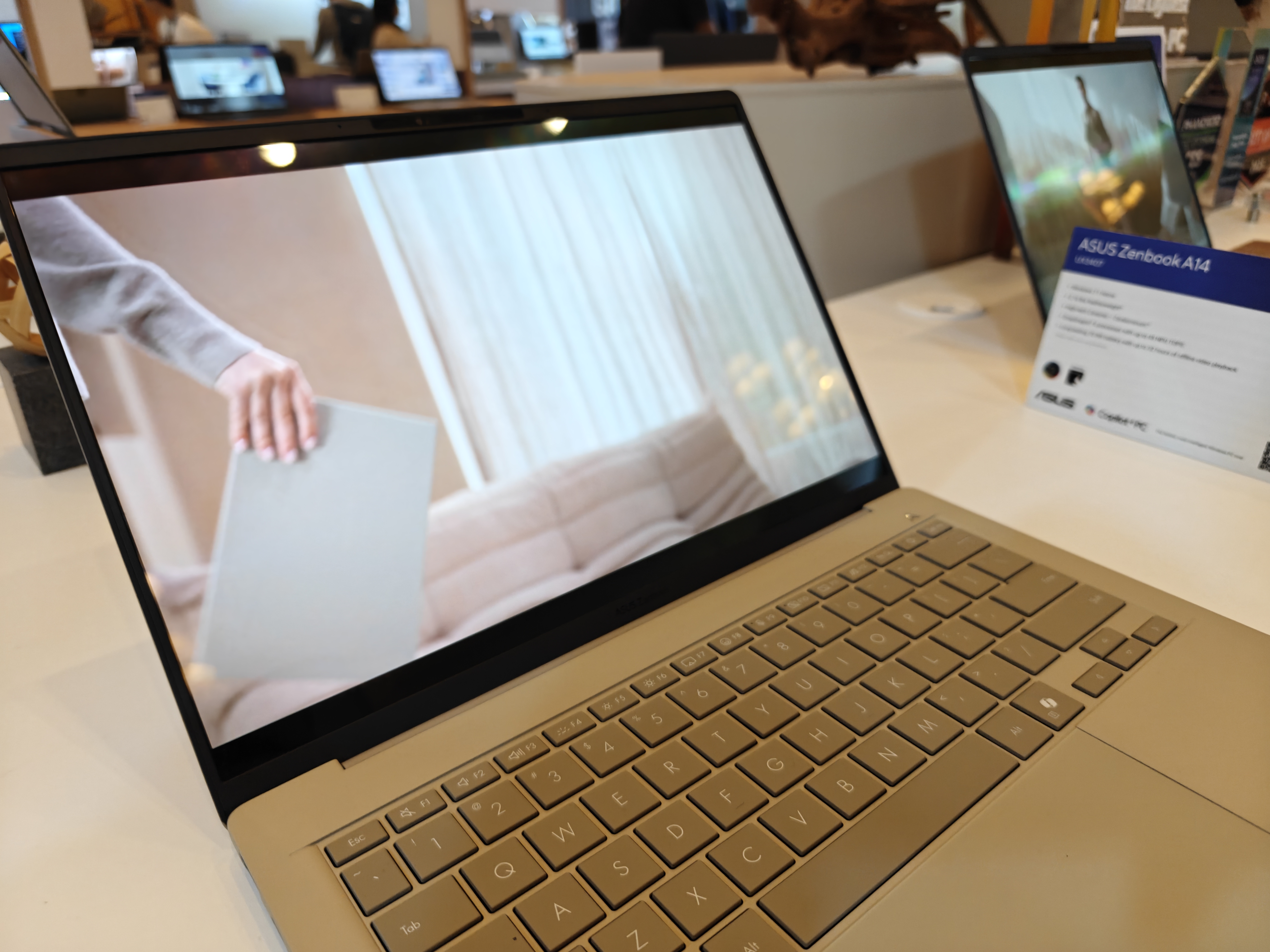
Asus debuted ceraluminum — a hybrid metal made using ceramic and aluminum to create a durable but light laptop chassis — on the Zenbook S14 and Zenbook S16 laptops in 2024. It turns out that was only the beginning.
Stay in the know with Laptop Mag
Get our in-depth reviews, helpful tips, great deals, and the biggest news stories delivered to your inbox.
The company is expanding the ceraluminum chassis to even more Zenbooks in the line in 2025, with the Zenbook A14 being the lightest Copilot+ PC to date.
Yen tells Laptop Mag the decision was made to fit the Zenbook to its target customers: "those designers who appreciate aesthetics."
Yen says that viewpoint extends to material engineering, posing a rhetorical question that illustrates Asus's thinking: "How do we bring value to customers who want a laptop that is materially superior to any other laptops they have?"
That also led Asus to redesign the Zenbook ceraluminum chassis for the A14.

Shawn Yen of Asus
"Our approach is not to design the products and just swap the silicon for different price points and customers, but to make that whole experience shine," Yenb tells Laptop Mag. "That's why we completely redesigned the A14 with Snapdragon."
Yen's point is plain: Snapdragon remains the market choice for an unplugged laptop experience without performance degradation.
The ceraluminum Zenbooks originally came in Scandinavian White or Zumaia Black colorways, though the Zenbook A14 adds Iceland Gray and Zabriskie Beige. And Asus is considering other colors.
Yen explains that choosing a color for a ceraluminum laptop is a very intricate process: "It's not easy," he says. "It has one layer of a mineral-like texture, and it's very hard to do if you get the wrong color and the wrong consistency because every ceraluminum will look uniquely yours. It doesn't just standardize. So we have to make sure that we pick the right color."
So, while customers only have four colors of ceraluminum chassis available on the Zenbooks now, Yen teases: "Give us some time."
ProArt Updates
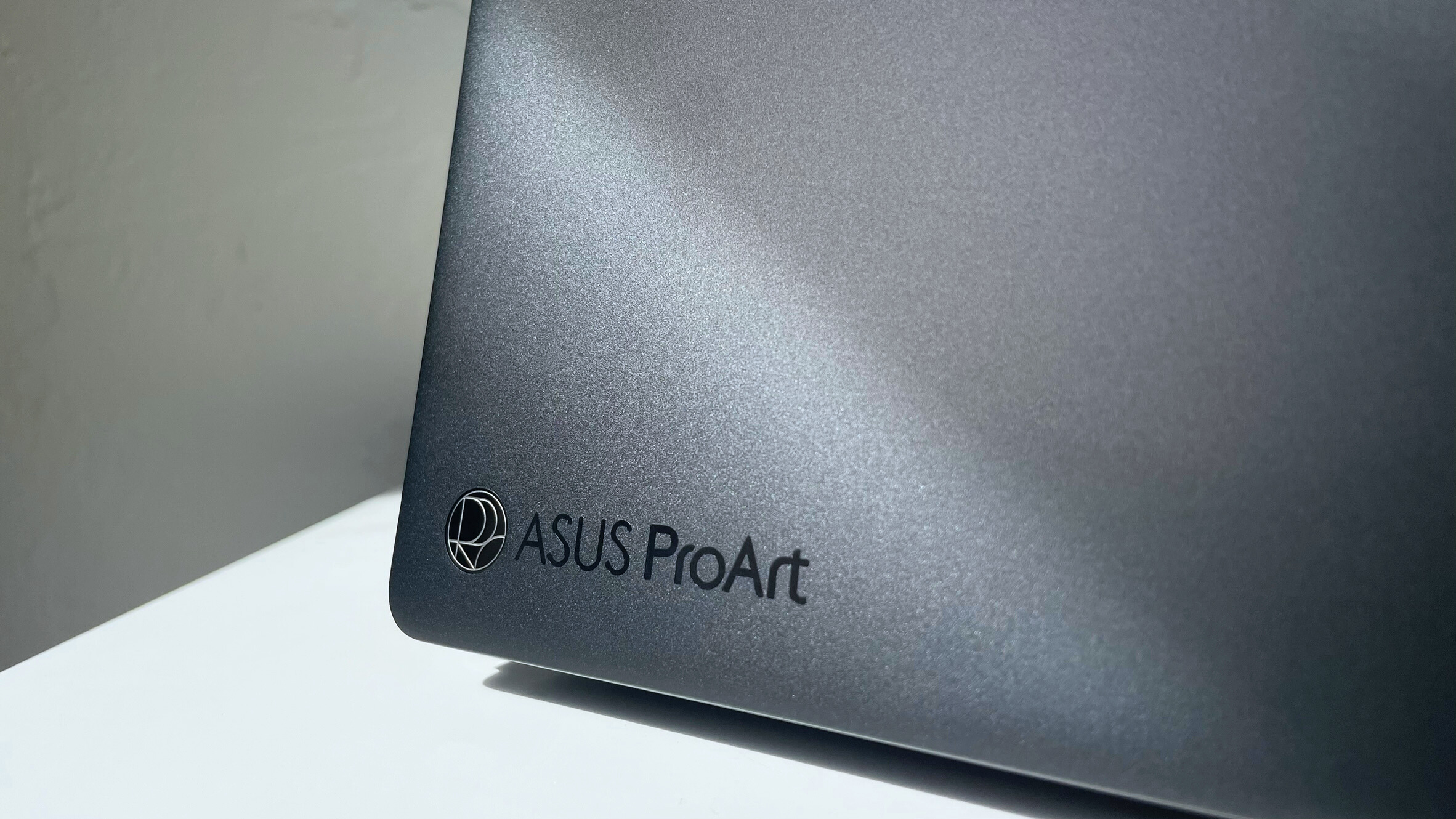
The ProArt line is one of Asus's newer product lines. Aimed at artists, engineers, architects, digital creators, and entertainment enthusiasts, the line encompasses laptops, tablets, desktops, monitors, projectors, and PC components like motherboards, GPUs, and AIO coolers.
Asus didn't update much of the ProArt for CES 2025, but the ProArt P16 did win a CES Innovation Award.
The focus on community for Asus is at work on the ProArt side, but it's also there for gamers, creative professionals, and designers.
Take the Asus Dial, a physical knob on some laptops that could be seen as as boon or a bummer for users, depending on how it's used.
"We are also getting a lot [of feedback] from the communities. 'How do you integrate the dial experiences better with the laptop?
"Right now, you use the dial to fast-forward videos or dial up the volume. In the creative apps, if you don't integrate them well, it becomes a negative experience, rather than an optimized experience."
What's next for ROG and AniMe Vision
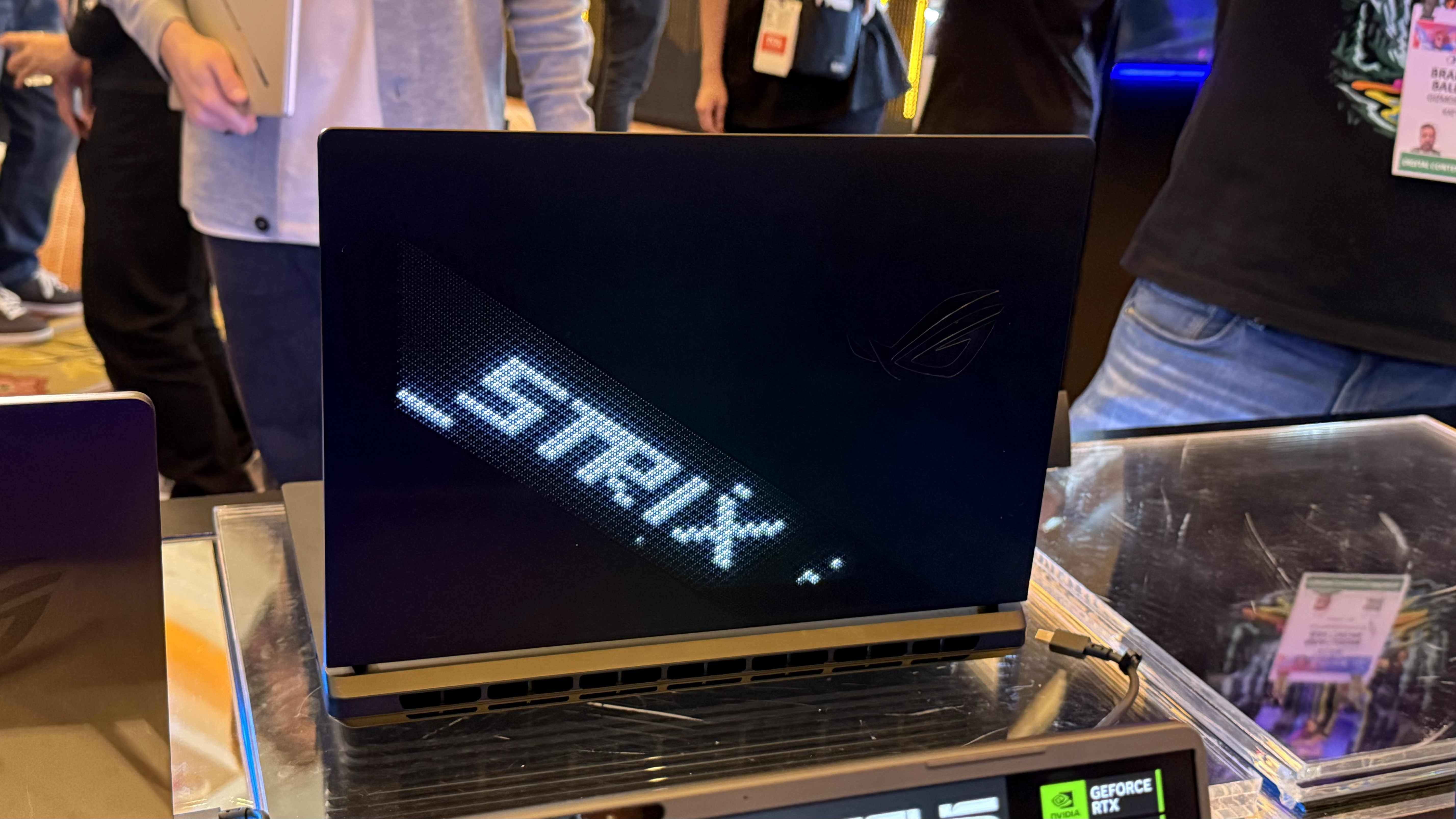
"One thing about ROG as a brand is that it is a very community-driven."
Before his tenure as Senior Vice President of the Consumer group at Asus, Yen was the Vice President of the Gaming Business Unit.
"I'm a gamer myself, so yeah, ROG isn't just about building products for our gamers, but it is also building products for myself," he says.
And we had plenty of questions about those products.
The Asus AniMe Vision LED cover lights debuted on the ROG Zephyrus G14 laptops around 2020. However, the customizable lid LEDs disappeared from the Zephyrus once Asus unveiled the new, slimmer chassis for the G14 last year.
But the customizable LEDs haven't vanished entirely from Asus products, as they've made it to the Strix and Strix Scar models for this year and have been featured on headsets and keyboards since the initial release.
But why did the AniMe Vision LEDs disappear from the Zephyrus? Yen tells Laptop Mag, "The new [Zephyrus] 14, which we launched last year, did not have that because we were trying to innovate into a footprint that was never done before."
While Yen believes ROG customers would like an option for AniMe Vision to return to the Zephyrus, "we have to figure out how to do that because it takes up the space between the screen and the A cover. And then you sacrifice the thickness and the power consumption for that. Something we need to overcome before we bring it back to Zephyrus."
So, while we might see AniMe Vision LEDs return to the Zephyrus line, they likely won't return in the next generation. However, additional LED customization to work with your music and audio or to create festive decor for Halloween or Christmas, among other festivals, is possible.
As for the Strix Scar 16 and 18 laptops, the quick latch and easy upgradeability have been our major highlights of the redesigned Scar chassis. And we're not the only ones.
"One thing about ROG as a brand is that it is a very community-driven," Yen says. "So when you think about the new Strix design, one thing that we really [our answer to community questions was ] how do you make upgrades easy?"
Since Asus has products in multiple categories that use graphics cards, Yen says, "we can learn from each other" allowing Asus to take a "desktop experience" like upgradeability and put it into a laptop.
What's next for Asus
While Laptop didn't get any confirmation about an ROG Ally 2, we did get some hints that a new Asus ROG handheld may be coming soon.
After all, a whole new series of AMD handheld gaming PC CPUs is out there, waiting for handhelds.
Regarding the availability of those new chips, Yen would only say this: "I think we're looking at that as well. [We want to provide] the best performance for our gamers at the right power consumption level."
Asus has refreshed many of its laptops to keep up with the new chips from AMD, Intel, Nvidia, and Qualcomm on the Zenbook, Vivobook, and ROG lines. But we haven't seen major updates to the TUF Gaming or ProArt lineups at CES, so more news about those product lines will likely be coming at Computex in Taipei, Taiwan this coming June.
Asus's upcoming Zenbook, Vivobook, and ROG gaming laptops are expected to launch over the coming months, and as usual, we'll be doing our best to review them all.
More from Laptop Mag
- Game-changing Nvidia DLSS 4 feature may come to non-RTX 50 series gaming laptops
- "It's night and day.": AMD's Adam Kozak explains the game-changing differences between its Ryzen Z2 handheld gaming PC chips
- "Arrow (Lake) is a wonderful, wonderful notebook product,” Intel VP shares what to expect from Intel's new processors in 2025

A former lab gremlin for Tom's Guide, Laptop Mag, Tom's Hardware, and TechRadar; Madeline has escaped the labs to join Laptop Mag as a Staff Writer. With over a decade of experience writing about tech and gaming, she may actually know a thing or two. Sometimes. When she isn't writing about the latest laptops and AI software, Madeline likes to throw herself into the ocean as a PADI scuba diving instructor and underwater photography enthusiast.

